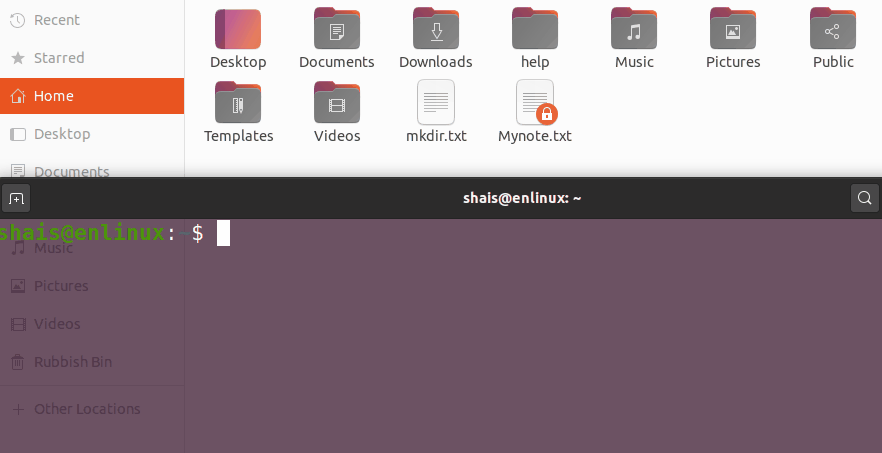The command MKDIR. The basic command in Unix/Linux is for creating directories in consists of the mkdir command and the name of the directory. Here you find the mkdir command examples and usages in different scenarios.
Description
The mkdir (make directory) command in the Unix/Linux, Microsoft Windows, and many more of operating systems is used to make a new directory. It is also available in the EFI shell and in the PHP scripting language. In DOS, OS/2, Windows and ReactOS, the command is often abbreviated to md
SYNOPSIS
mkdir [OPTION]… DIRECTORY…
OPTIONS
Mandatory arguments to long options are mandatory for short options too.
-m, --mode=MODESet file mode (as in chmod), not a=rwx – umask.
-p, --parentsNo error if existing, make parent directories as needed
-v, --verbosePrint a message for each created directory
-ZSet SELinux security context of each created directory to the default type.
--context[=CTX]Like -Z, or if CTX is specified then set the SELinux or SMACK security context to CTX.
--help display this help and exit
--versionOutput version information and exit.
mkdir Command Usage
As you can add options to this command, the syntax normal usage is as straight forward as follows:
mkdir name_of_directory

Where the “name_of_directory” is the name of the directory you wants to create. I’ve created the xyzfile directory.
mkdir Command Examples
Create a directory in current directory or given path:
mkdir directory
Your can creates multiple directories in the current location. Do not use spaces inside {}
mkdir {dir1,dir2,dir3}
Create directories recursively (useful for creating nested dirs): An example of -p for creating a directory structure in action is:
mkdir -p xyzfile/a/b/c

If /xyzfile/a exists but /xyzfile/a/b does not, mkdir will create /xyzfile/a/b before creating /xyz/a/b/c.
I’ve checked the result with tree command. you can fine more about tree command in Linux command line section.
You can assign permission while creating a directory. This example creates a directory and sets full read, write, execute permissions for all users.
mkdir –m 777 your_directory_name
And an even more powerful command, creating a full tree at once (this however is a Shell extension, nothing mkdir does itself):
mkdir -p tmpdir/{trunk/sources/{includes,docs},branches,tags}
If one is using variables with mkdir in a bash script, POSIX `special’ built-in command ‘eval’ would serve its purpose.
DOMAIN_NAME=includes,docs
eval "mkdir -p tmpdir/{trunk/sources/{${DOMAIN_NAME}},branches,tags}"
This will create:
tmpdir
________|______
| | |
branches tags trunk
|
sources
____|_____
| |
includes docs
Read more about mkdir command in in different operating systems.
